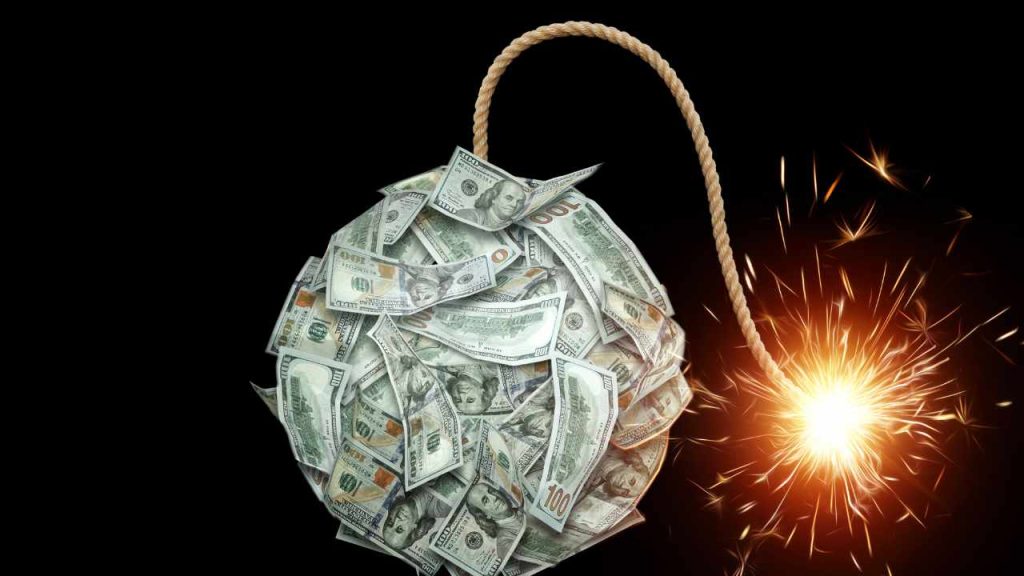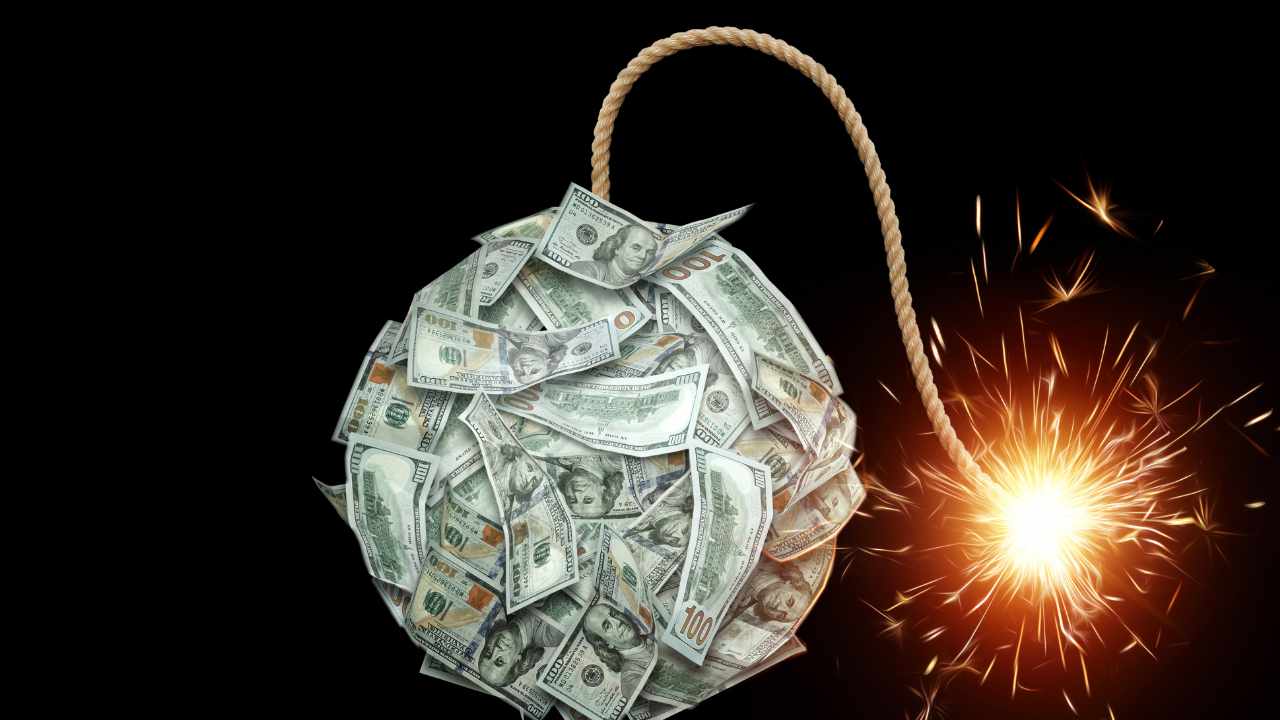
The global economic landscape is witnessing a pivotal moment, marked by a complex interplay between the United States and the BRICS nations—Brazil, Russia, India, China, and South Africa. At the center of this dynamic is the U.S. dollar, the world’s dominant reserve currency, which faces an unprecedented challenge from the BRICS’ push for de-dollarization. The recent escalation of tariff threats by former U.S. President Donald Trump has added fuel to this fire, setting the stage for a high-stakes economic and geopolitical showdown.
The Trump Doctrine: Tariffs as a Tool
Donald Trump’s tenure as U.S. president was characterized by a bold and often confrontational approach to international trade. His administration frequently employed tariffs as a strategic tool to protect American industries and assert economic dominance. This approach was not merely about addressing trade imbalances but also about preserving the U.S. dollar’s supremacy in global finance. Trump’s recent threats of imposing a 10% tariff on BRICS-aligned countries and a staggering 100% tariff on those actively undermining the dollar underscore this strategy. His rationale is clear: the BRICS nations, with their growing economic influence and discussions of alternative financial systems, pose a direct threat to the dollar’s hegemony.
The U.S. dollar’s status as the world’s reserve currency grants the United States significant economic and geopolitical leverage. It allows the U.S. to finance its deficits more easily, exert influence over global trade, and impose sanctions with far-reaching consequences. Trump’s tariff threats are a preemptive strike aimed at deterring BRICS nations from pursuing de-dollarization and maintaining the existing dollar-centric global trade architecture. However, this strategy is not without risks. Tariffs can disrupt global supply chains, increase inflation, and provoke retaliatory measures, potentially leading to a full-blown trade war.
BRICS: A Rising Tide of Alternatives
The BRICS nations, representing a substantial portion of the world’s population and economic output, have been actively exploring alternatives to the U.S. dollar for international trade and finance. This push for de-dollarization is driven by several factors, including a desire for greater economic independence, concerns about the weaponization of the dollar through sanctions, and a recognition of the shifting global economic landscape.
One of the most significant developments in this regard is the increasing use of local currencies in bilateral trade. For instance, China and Russia have been conducting a substantial portion of their trade in renminbi and rubles, respectively, rather than dollars. This trend is not limited to these two nations; other BRICS members are also exploring similar arrangements. The potential development of a common BRICS currency, while still a complex and debated topic, reflects the growing sentiment within these nations to reduce their reliance on the dollar.
Moreover, the BRICS nations are investing heavily in alternative reserve assets, such as gold, to diversify their reserves and reduce their exposure to the dollar. This shift is not just about economics; it’s about asserting their independence and shaping a more multipolar world order. The long-term consequences of this shift are still unfolding, but it’s clear that the world is moving away from a unipolar system dominated by the United States.
The Risks of Retaliation and Trade Wars
Trump’s tariff threats, while intended to protect the dollar, could inadvertently accelerate the very trend they aim to prevent. Imposing tariffs on BRICS nations could trigger retaliatory measures, leading to a full-blown trade war. This would disrupt global supply chains, increase inflation, and potentially damage the U.S. economy. Furthermore, such aggressive tactics could push the BRICS nations closer together, solidifying their economic and political alliance. Faced with external pressure, they may be more inclined to accelerate their de-dollarization efforts and develop alternative financial systems, ultimately weakening the dollar’s position in the long run.
The world economy is deeply interconnected, and protectionist measures can have unintended consequences. While the U.S. holds significant economic power, it cannot dictate the global financial order unilaterally. Attempts to do so could backfire, leading to a more fragmented and less stable international system. The current standoff between the U.S. and the BRICS nations presents a critical juncture for the global economy. The path forward will depend on the choices made by policymakers in both Washington and the BRICS capitals.
The Specter of Stagflation
One of the most concerning potential consequences of escalating tariffs is the risk of stagflation—a combination of high inflation and slow economic growth. Tariffs increase the cost of imported goods, which can lead to higher prices for consumers and businesses. At the same time, they can disrupt supply chains and reduce overall economic activity, leading to slower growth. The U.S. economy has already been grappling with inflation in recent years, and further tariff increases could exacerbate this problem.
If the Federal Reserve responds by raising interest rates to combat inflation, it could further dampen economic growth, creating a stagflationary environment. This scenario would be particularly challenging for policymakers, as it would require balancing the need to control inflation with the desire to stimulate economic growth. There are fears that the very measures intended to protect the U.S. economy could inadvertently be the catalyst for decline.
The Shifting Sands of Global Power
The clash between Trump’s tariff policies and the BRICS’ de-dollarization efforts reflects a broader shift in the global balance of power. The rise of emerging economies, particularly China and India, is challenging the traditional dominance of the U.S. and Europe. The BRICS nations represent a significant alternative pole in the global system, offering a different model of development and economic cooperation.
Their pursuit of de-dollarization is not just about economics; it’s about asserting their independence and shaping a more multipolar world order. The long-term consequences of this shift are still unfolding, but it’s clear that the world is moving away from a unipolar system dominated by the United States. The question is not whether the balance of power will change, but how quickly and how drastically.
The Unintended Consequences
Ultimately, Trump’s aggressive tariff policies toward BRICS, intended to safeguard the dollar’s supremacy, run the risk of achieving the opposite effect. By alienating key global players, stoking retaliatory actions, and potentially destabilizing the global economy, these measures could inadvertently hasten the decline of the dollar’s dominance. The very actions intended to fortify the dollar could, in a twist of irony, become its undoing.
A Fork in the Road
The current standoff between the U.S. and the BRICS nations presents a critical juncture for the global economy. The path forward will depend on the choices made by policymakers in both Washington and the BRICS capitals. Will the U.S. double down on protectionist measures, risking a trade war and further fragmentation of the global system? Or will it seek a more cooperative approach, engaging in dialogue and addressing the underlying concerns driving de-dollarization? Will the BRICS nations forge a cohesive economic bloc, challenging the existing order? Or will they work within the current system to pursue their economic interests?
The answers to these questions will determine the future of the dollar, the shape of the global economy, and the distribution of power in the 21st century. This is more than just a trade dispute; it’s a battle for the heart of the international financial system. The outcome will shape the economic landscape for decades to come, influencing everything from trade flows to geopolitical alliances. As the world watches, the stakes could not be higher.





